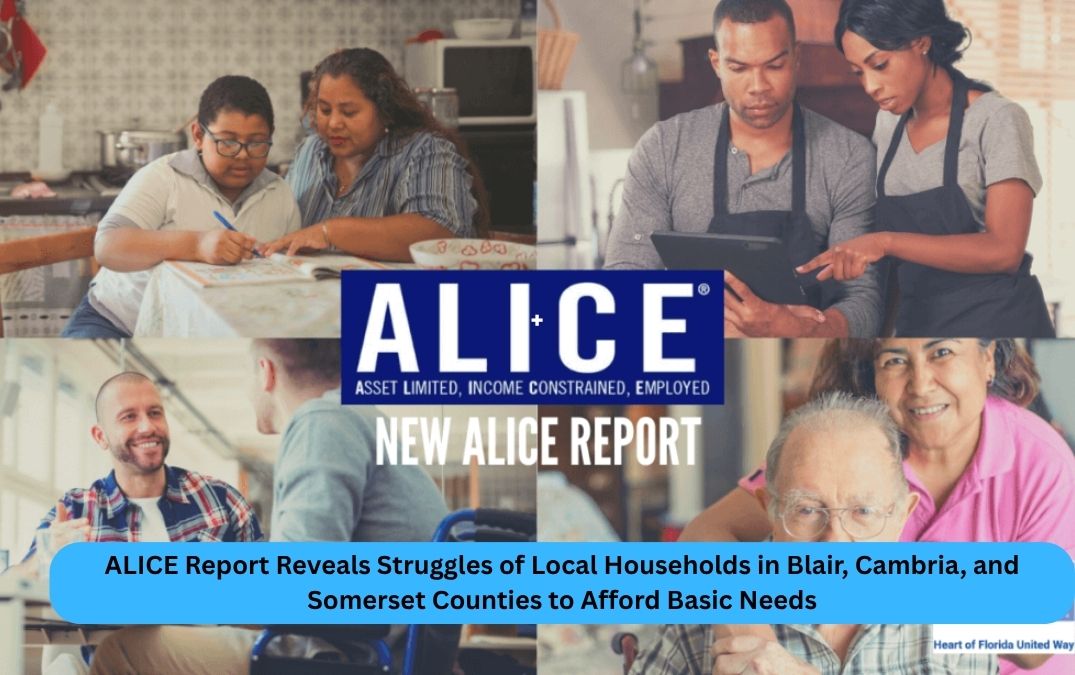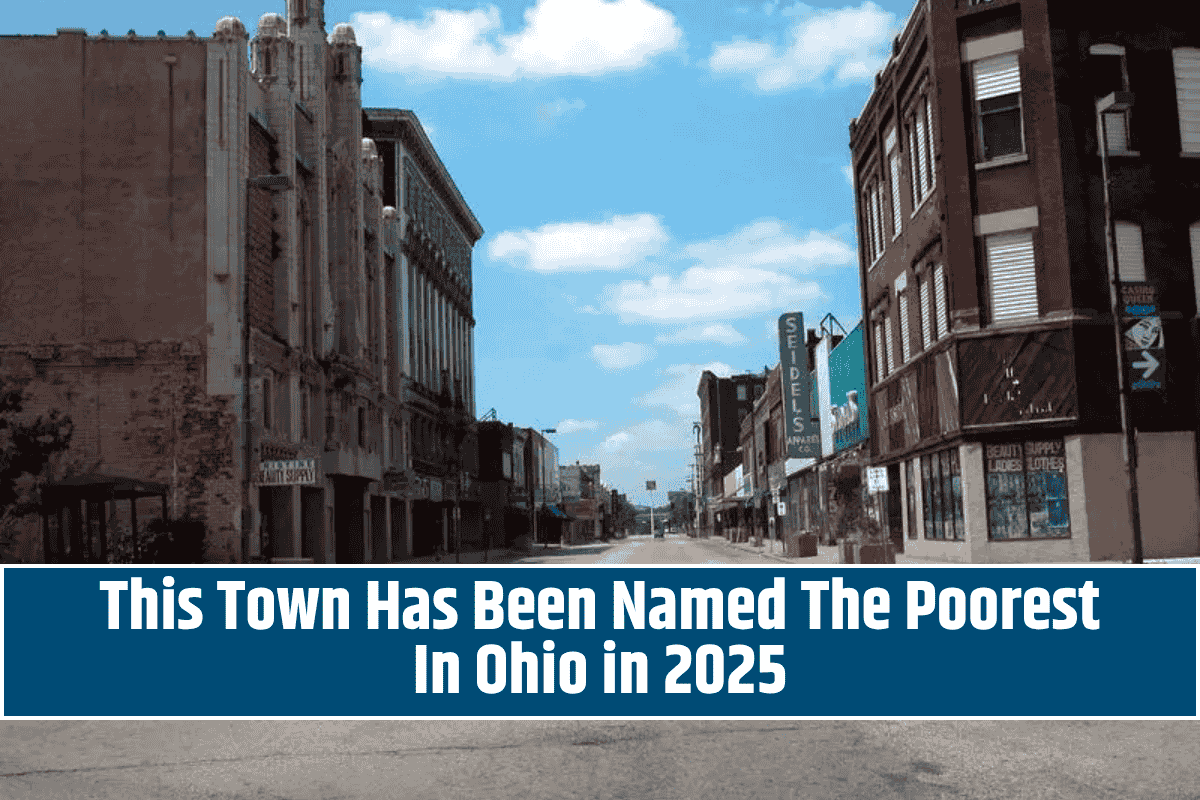A recent report from United Way of Pennsylvania highlights the financial struggles facing nearly half of all households in Blair, Cambria, and Somerset counties. The study, conducted in partnership with United For ALICE, reveals that many families live paycheck to paycheck, struggling to afford basic necessities.
What Happened
On Tuesday, a new report was released showing that a significant portion of local households in Blair, Cambria, and Somerset counties are struggling to make ends meet.
The study, produced by United Way of Pennsylvania in collaboration with United For ALICE, reveals that almost half of all households in these counties live paycheck to paycheck, often without sufficient access to public assistance.
Key Details
The report, based on 2023 data, identifies a concerning trend: nearly 29% of Pennsylvanians employed in the state’s 20 most common occupations—including personal care aides, janitors, and waitstaff—are unable to afford basic needs such as housing, child care, food, transportation, and healthcare. This group falls under the ALICE category—Asset Limited, Income Constrained, Employed.
The population of ALICE households has grown substantially since 2010, with a 71% increase across the state, according to Karen Struble Myers, President & CEO of United Way of the Southern Alleghenies. While the 2024 data is still pending, Struble Myers anticipates minimal change in the figures.
In Blair County, nearly 48% of households fall below the ALICE threshold or live in poverty. In both Cambria and Somerset counties, the percentage is slightly lower but still concerning, with 45% of households affected.
Reactions or Statements
Local community leaders are expressing deep concern over these findings. Rich Lobb, manager of the Moxham Food Pantry, reported a 25% increase in demand for food assistance in the past three years. He described the area as a “food island” due to the scarcity of grocery stores, further exacerbating the challenge for many families.
Struble Myers also pointed out the growing strain on affordable housing in the region. She emphasized that solving the ALICE problem requires a joint effort from both public and private sectors, with involvement from local employers, philanthropic organizations, and social service agencies.
Investigation or What’s Next
As the situation continues to evolve, efforts to address ALICE households are underway. The United Way and other community organizations are working to raise awareness and push for more affordable housing options and accessible public services.
Local policymakers are expected to evaluate these findings and consider interventions in upcoming discussions on poverty and economic inequality.
FAQs
1. What is the ALICE demographic?
ALICE stands for Asset Limited, Income Constrained, Employed. It represents households that are employed but unable to afford basic necessities like housing, food, healthcare, and transportation.
2. How has the ALICE population changed over time?
Since 2010, the ALICE population has increased by 71%, highlighting the growing economic challenges faced by many workers in Pennsylvania.
3. What are the main challenges faced by ALICE households in the region?
ALICE households struggle with rising costs of housing, child care, transportation, and food, often without qualifying for public assistance.
4. How are local food pantries responding to the increased demand?
Food pantries, like the Moxham Food Pantry, have reported significant increases in demand, with restocking efforts occurring daily to meet the needs of the community.
5. What can be done to help ALICE households?
Solutions include increasing affordable housing, improving access to public assistance, and fostering greater collaboration between public and private sectors.
Summary / Final Takeaway
The ALICE report underscores the growing economic struggles faced by households in Blair, Cambria, and Somerset counties.
With nearly half of these families living paycheck to paycheck, community leaders emphasize the need for urgent action to provide more affordable housing and accessible resources. Addressing these issues requires a collective effort from local governments, employers, and social services.












